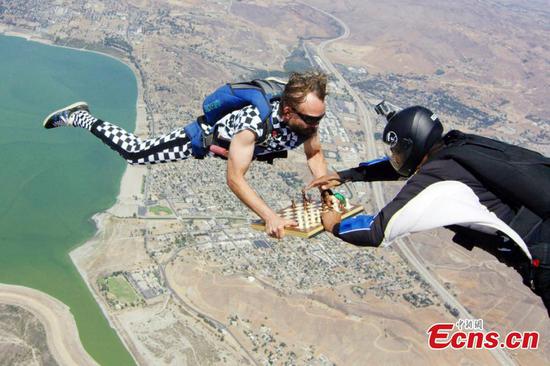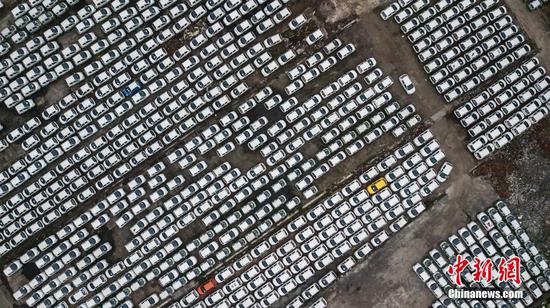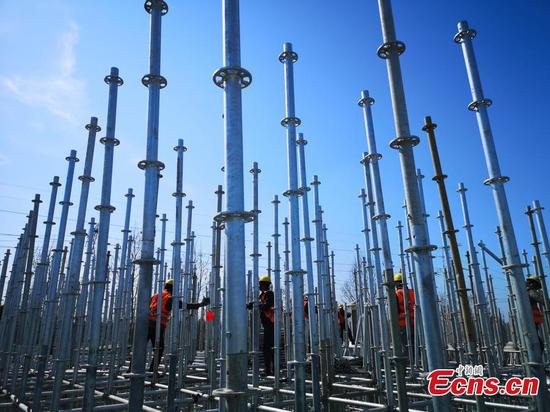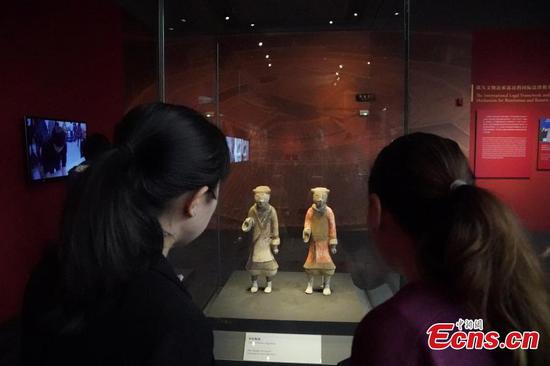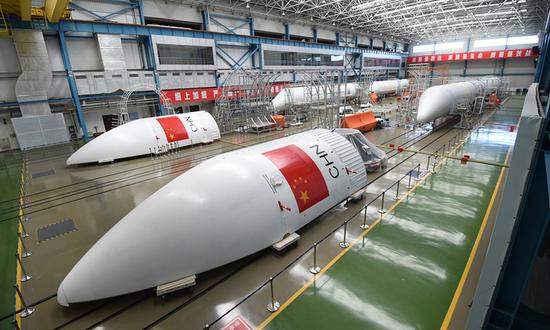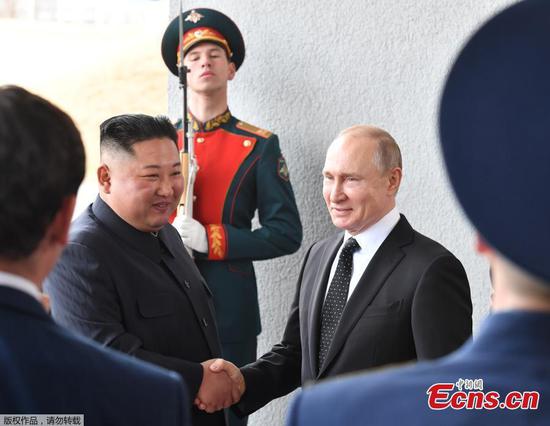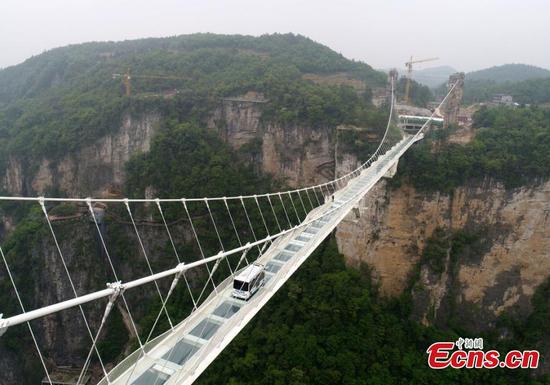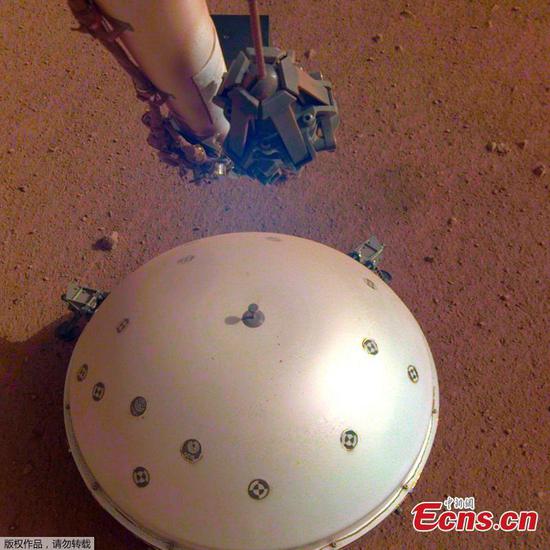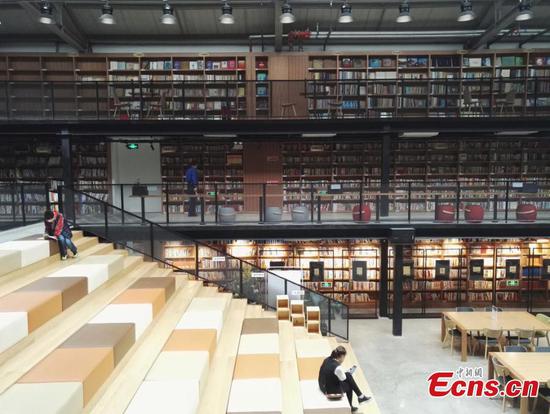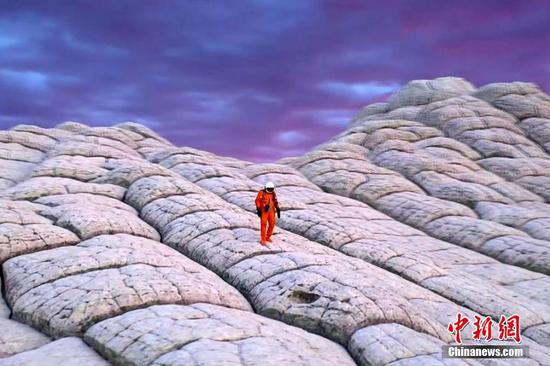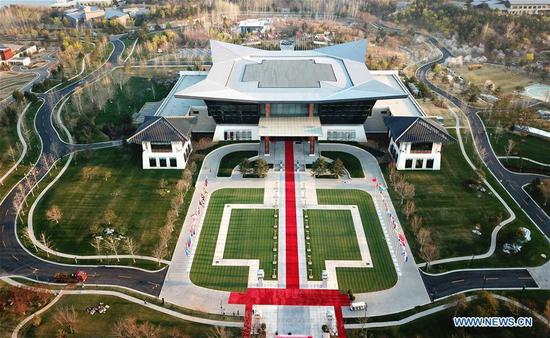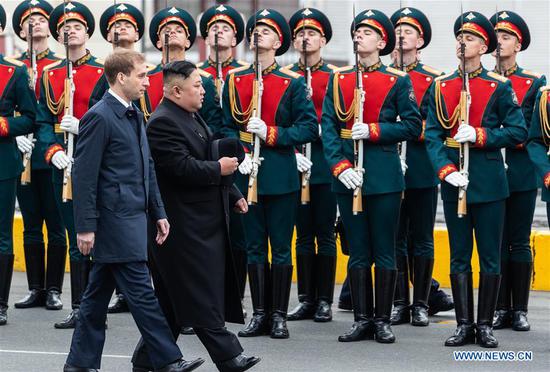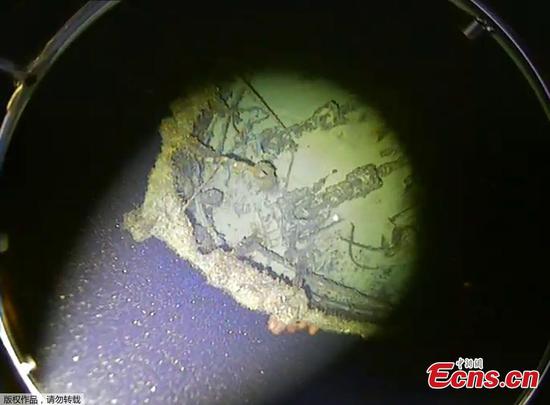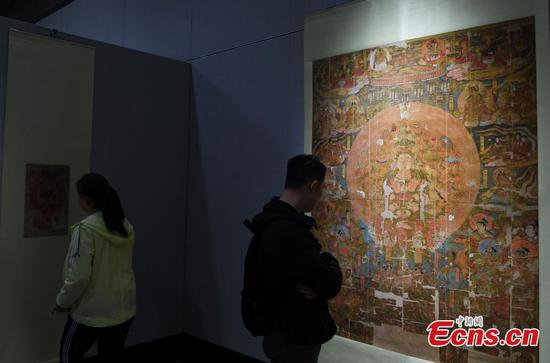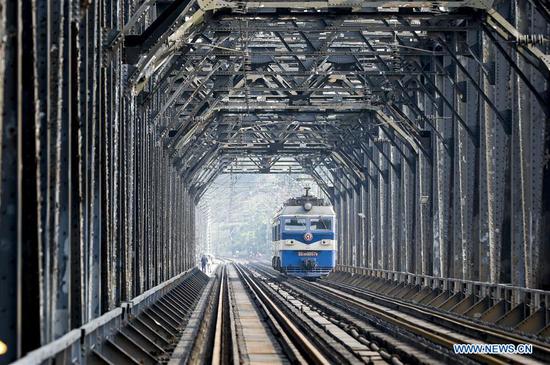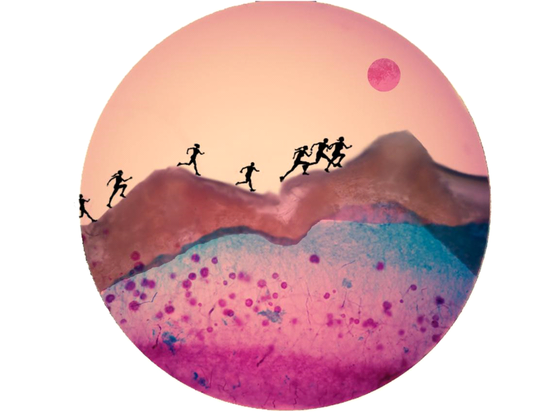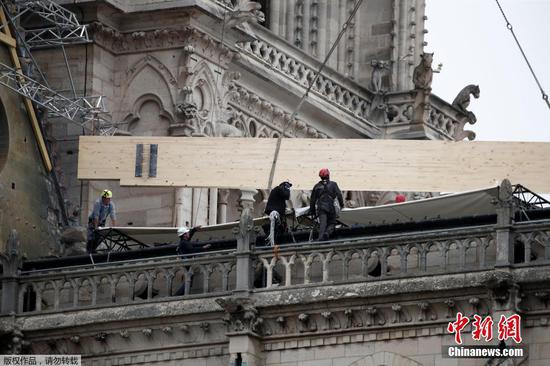NASA's Hubble Space Telescope confirmed that the Universe is expanding about nine percent faster than expected, suggesting that new theories of physics may be needed to better understand the cosmos.
The study published on Thursday in the journal Astrophysical Journal Letters reduced the chances that the disparity is an accident from one in 3,000 to only one in 100,000.
Astronomers led by Nobel laureate Adam Riess with The Johns Hopkins University analyzed light from 70 stars in a neighboring galaxy called the Large Magellanic Cloud. Those stars, called Cepheid variables, brighten and dim at predictable rates so they can be used to measure nearby intergalactic distances.
They combined the Hubble data with other observations made by astronomers in Chile, the United States and Europe, who made distance measurements to the Large Magellanic Cloud by observing the dimming of light as one star passes in front of its partner in eclipsing binary-star systems, thus refining the Cepheids' true brightness.
Then, they "tighten the bolts" of the rest of the distance ladder that uses supernovae to extend deeper into space. Cepheid and supernovae are two kinds of distance ladders astronomer used to scale the universe.
The more precise measurements are still at odds with the expected value derived from observations of the early universe's expansion, according to the study.
"This is not just two experiments disagreeing," said Riess. "We are measuring something fundamentally different. One is a measurement of how fast the universe is expanding today, as we see it. The other is a prediction based on the physics of the early universe and on measurements of how fast it ought to be expanding."
"If these values don't agree, there becomes a very strong likelihood that we're missing something in the cosmological model that connects the two eras," said Riess.









